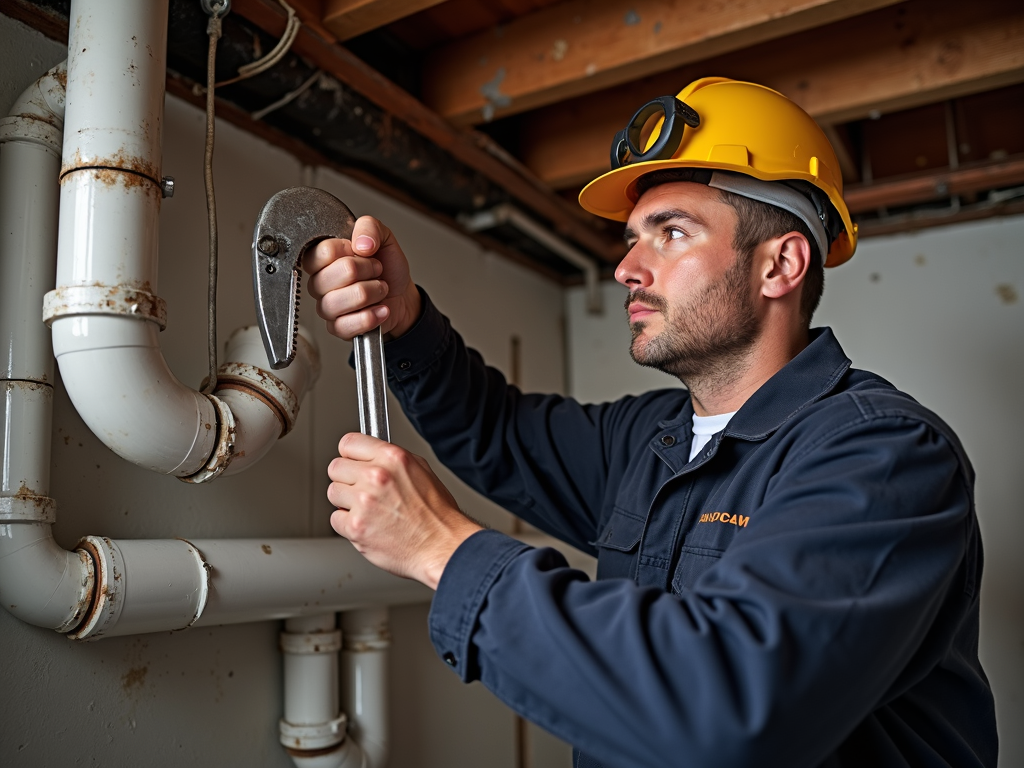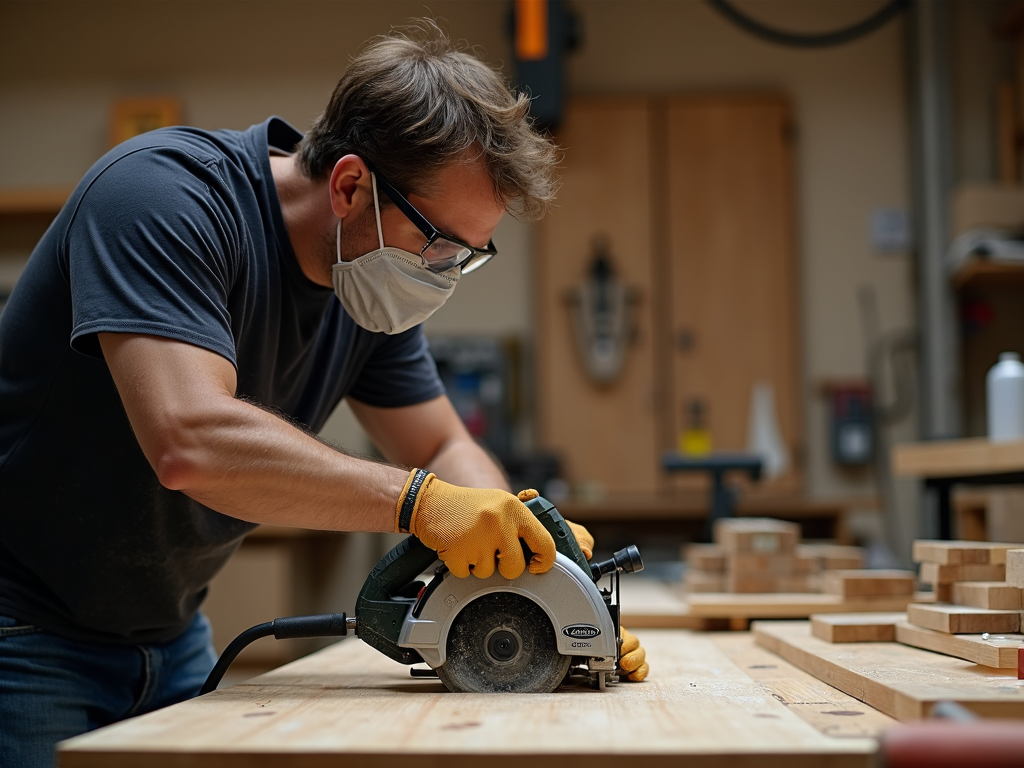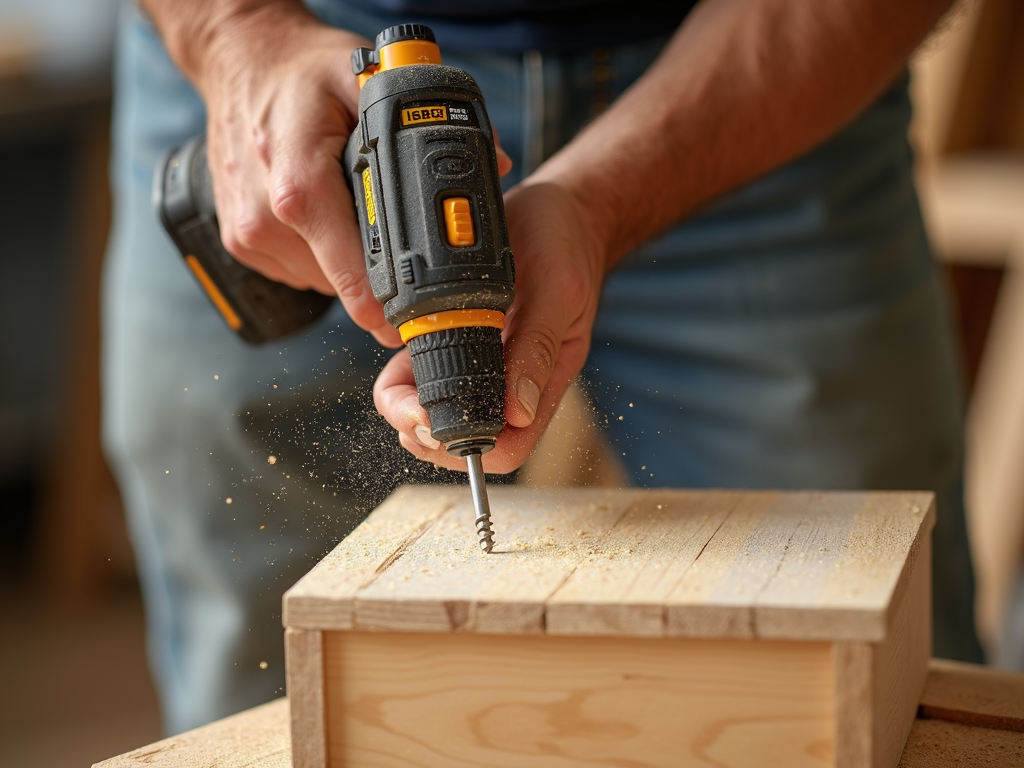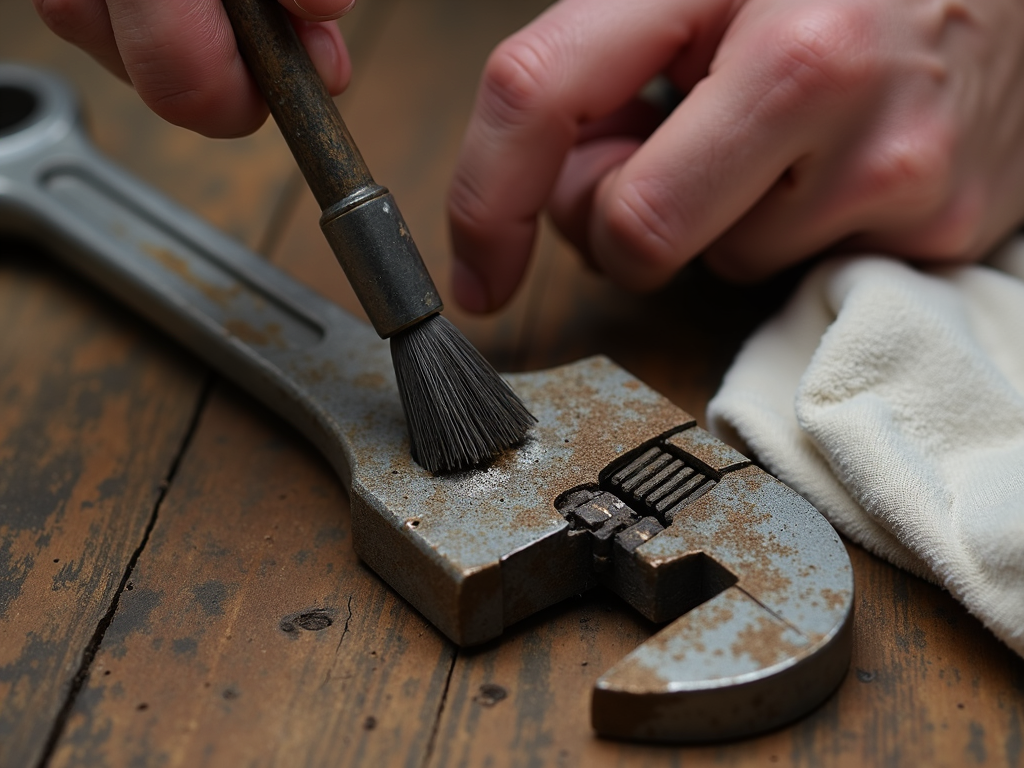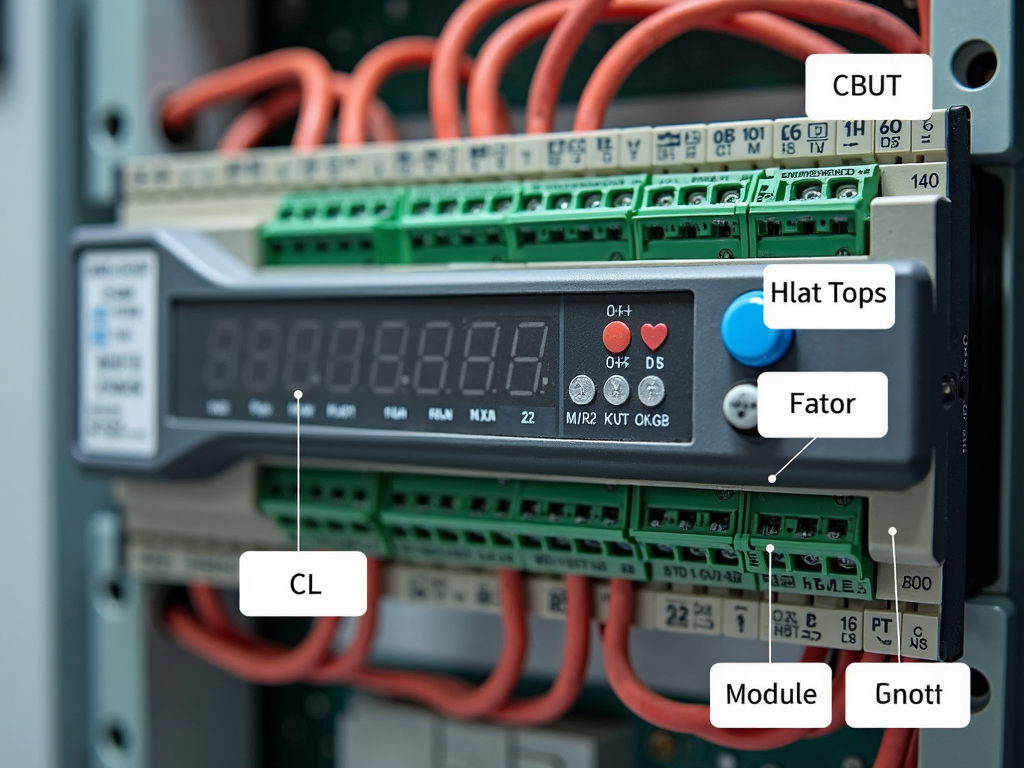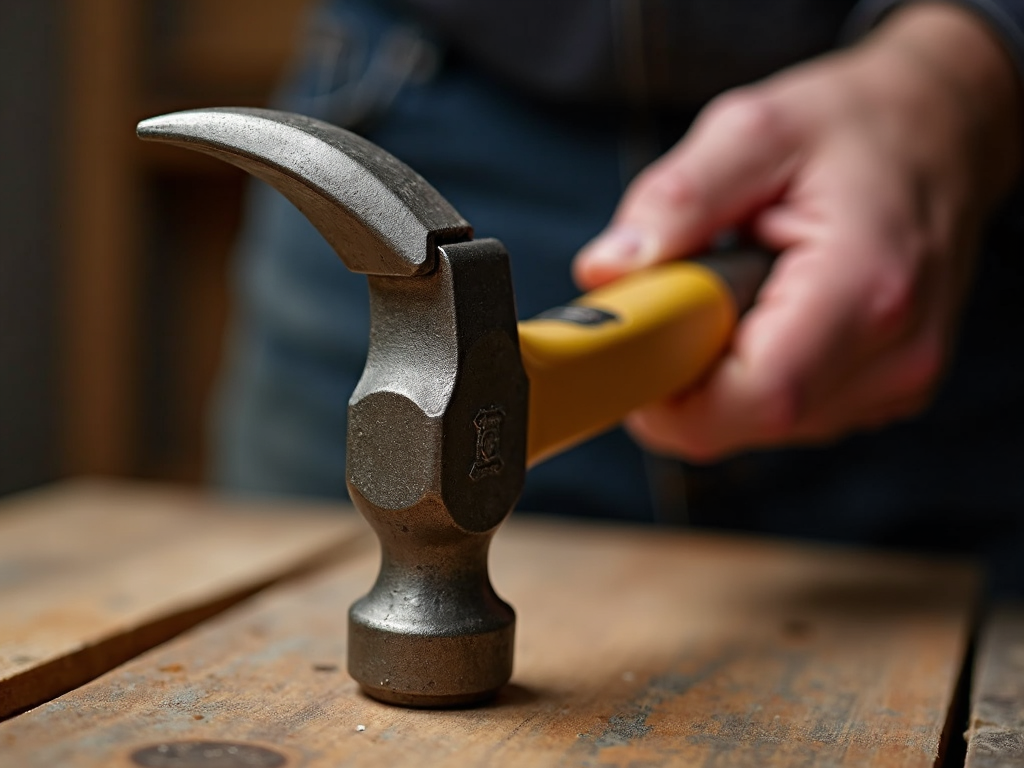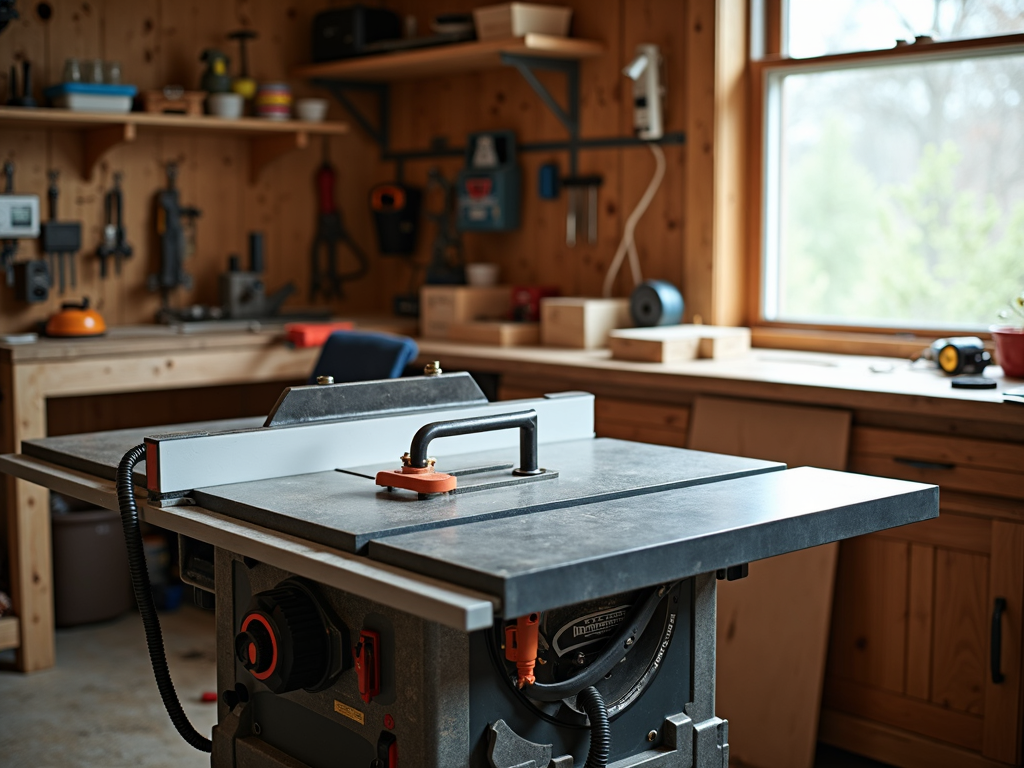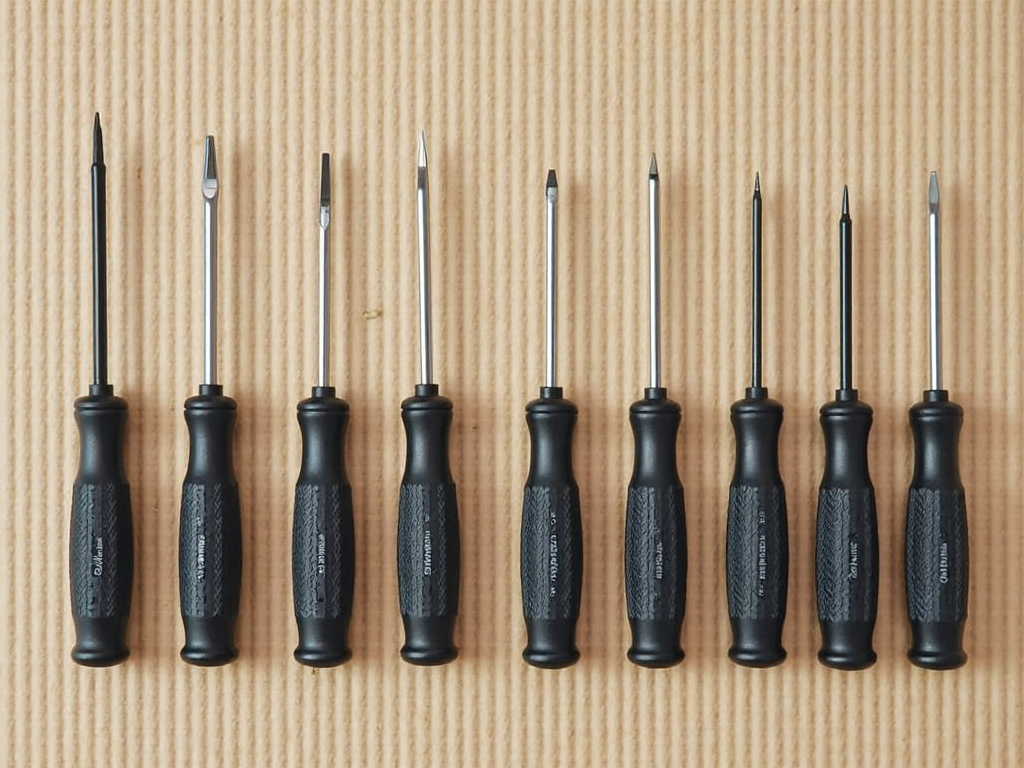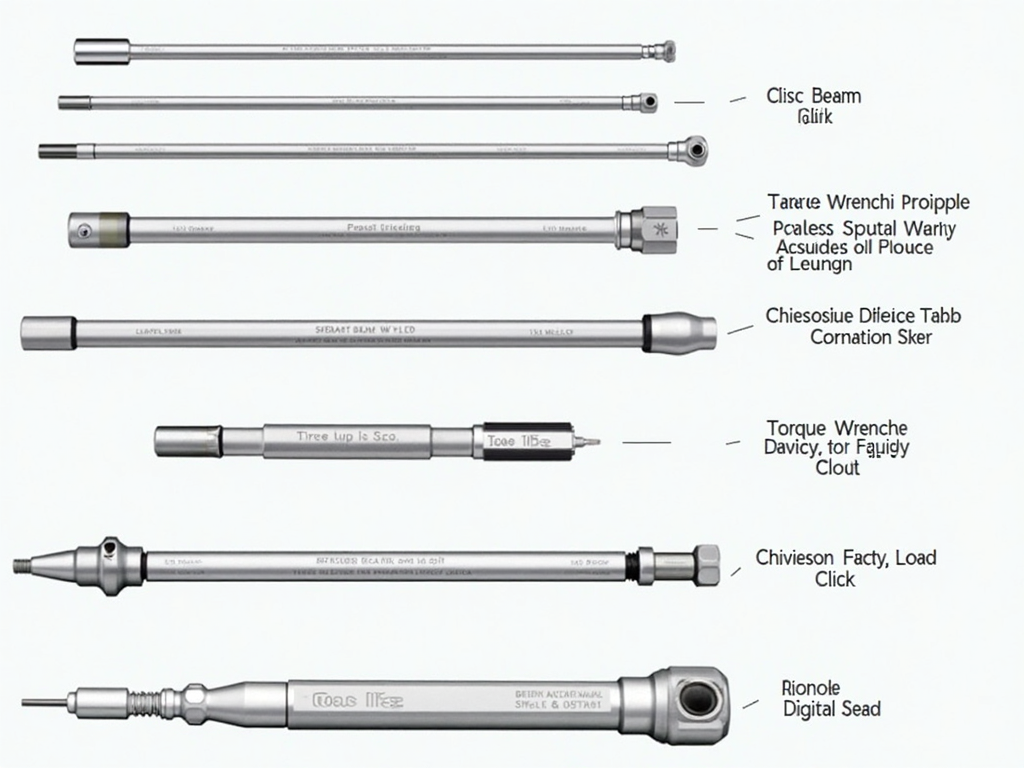Introduction
As an electrician, you're no stranger to the risks that come with working with electricity. From the potential for electrical shocks to the dangers of falls and burns, the hazards are very real. But with the right safety gear and precautions, you can protect yourself and others on the job. In this article, we'll explore the essential safety gear every electrician should have, along with some key safety tips to keep in mind. Whether you're a seasoned pro or just starting out, this guide will help you stay safe while working with electricity.
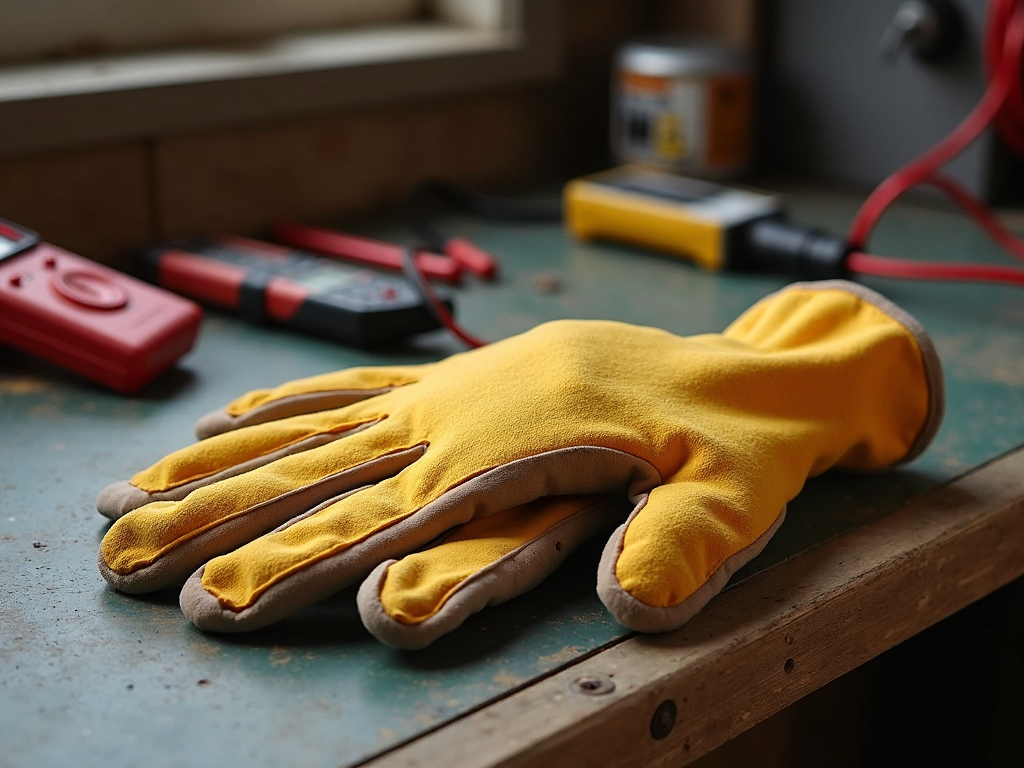
Insulated Gloves
Insulated gloves are perhaps the most important piece of safety gear for electricians. They provide a critical barrier between your hands and the electrical current, protecting you from shocks and burns. But not all gloves are created equal. When choosing insulated gloves, look for ones that are rated for the voltage you'll be working with. For example, if you're working on residential wiring, gloves rated for 1,000 volts should suffice. However, for industrial or high-voltage work, you may need gloves rated for higher voltages.
It's also important to inspect your gloves regularly for any signs of wear or damage. Even a small tear or hole can compromise the insulation and put you at risk. If you find any damage, replace the gloves immediately. And remember, insulated gloves are not a substitute for turning off the power. Always de-energize the circuit before working on it.

Safety Glasses
Your eyes are one of your most valuable assets, and they need protection on the job. Safety glasses shield your eyes from flying debris, sparks, and other hazards that can cause injury. When selecting safety glasses, make sure they meet ANSI Z87.1 standards for impact resistance. This ensures they can withstand the impact of small objects or particles.
Some safety glasses also come with additional features, such as anti-fog coatings or tinted lenses for outdoor work. Consider your work environment and choose glasses that suit your needs. And don't forget to wear them at all times when on the job, even if you're just observing or assisting.
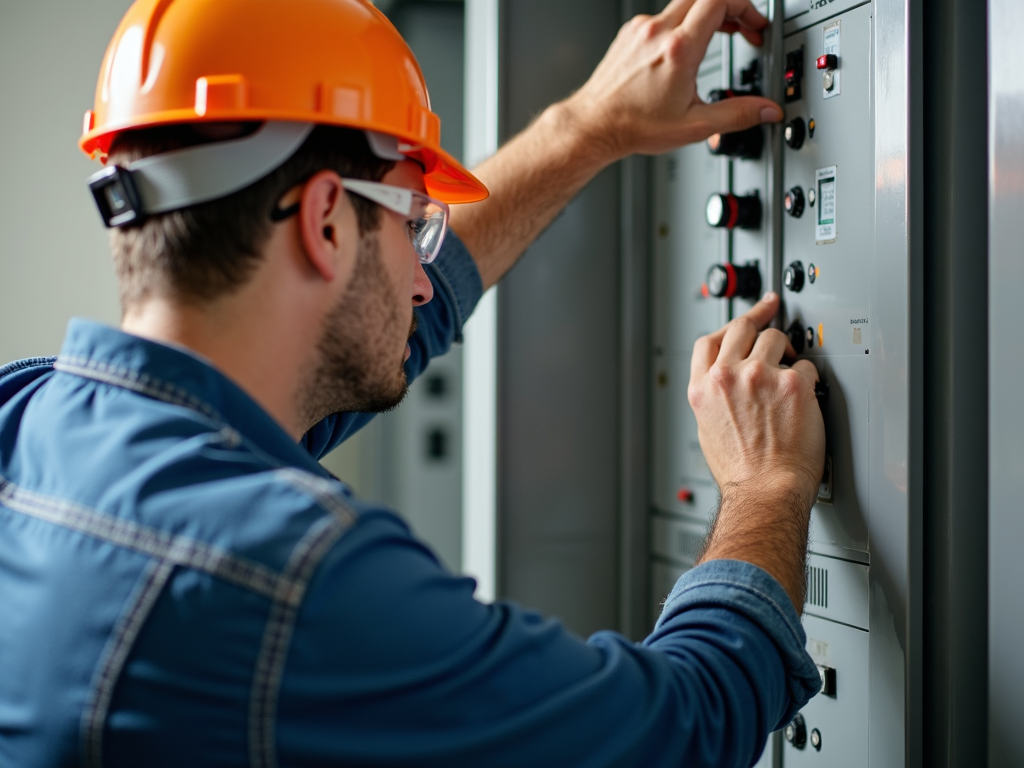
Hard Hat
A hard hat is essential for protecting your head from falling objects, bumps, and other impacts. In the electrical trade, you may be working in areas where there's a risk of objects falling from above, such as in construction sites or industrial settings. A hard hat can prevent serious head injuries in these situations.
When choosing a hard hat, look for one that meets ANSI Z89.1 standards and fits comfortably. It should have a secure chin strap to keep it in place, especially if you're working at heights. And make sure to replace your hard hat if it's been damaged or has been in use for several years, as the materials can degrade over time.
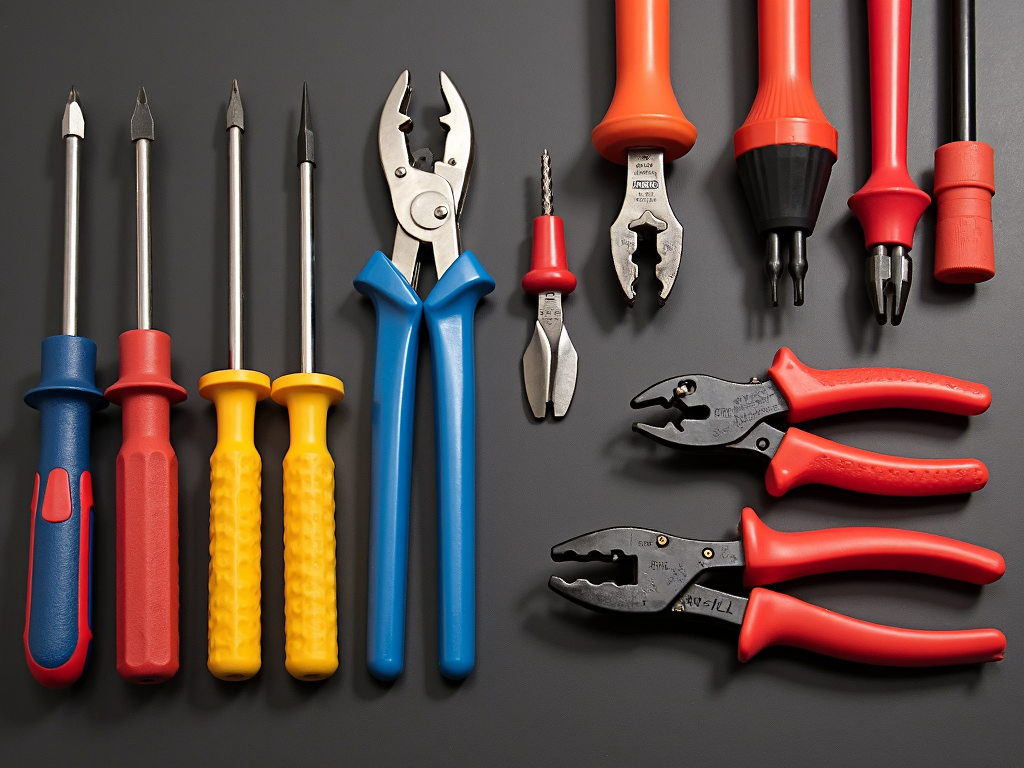
Insulated Tools
Using insulated tools is crucial when working with electricity. These tools have insulated handles that provide an extra layer of protection against electrical shocks. But it's important to note that insulated tools are not foolproof. They should be used in conjunction with other safety measures, such as turning off the power and wearing insulated gloves.
When selecting insulated tools, make sure they are rated for the voltage you'll be working with. Look for tools that meet IEC 60900 standards, which specify the requirements for insulated and insulating hand tools. And always inspect your tools before use to ensure the insulation is intact.
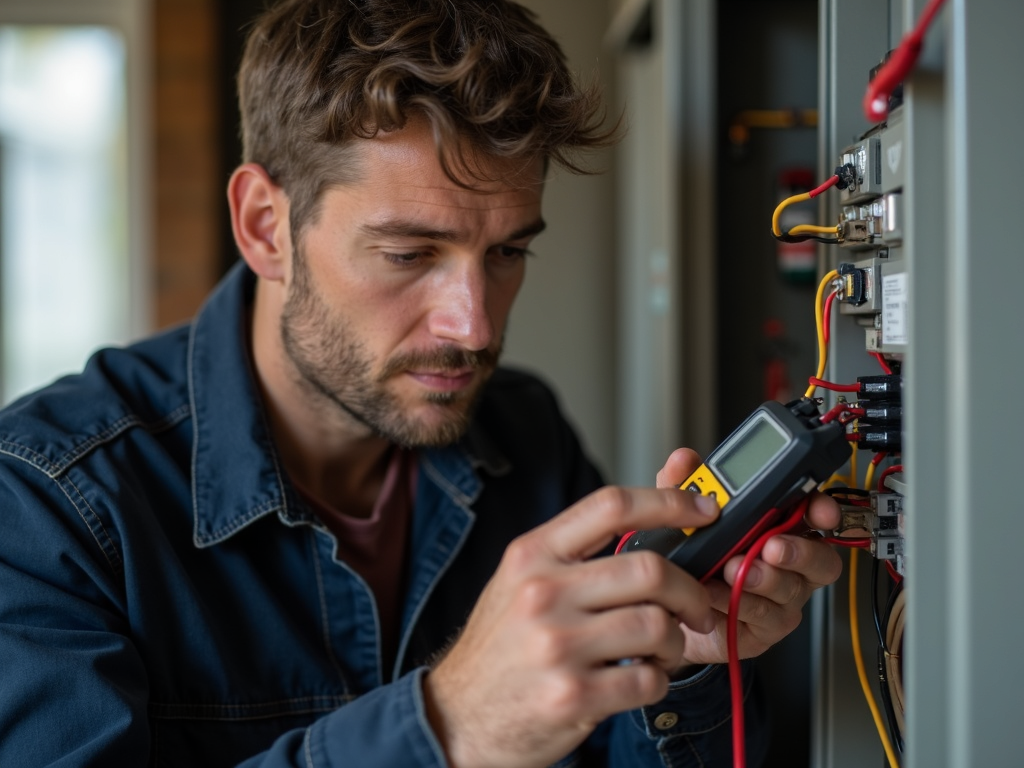
Voltage Tester
A voltage tester is an indispensable tool for electricians. It allows you to check if a circuit is live before you start working on it, helping you avoid accidental shocks. There are different types of voltage testers, including non-contact testers, which can detect voltage without making contact with the wires, and multimeters, which can measure voltage, current, and resistance.
When using a voltage tester, always follow the manufacturer's instructions and take proper precautions. Remember that a voltage tester is only as good as its user, so make sure you know how to use it correctly.

Fire-Resistant Clothing
Electrical arcs and flashes can cause severe burns, so wearing fire-resistant clothing is essential for electricians. This type of clothing is made from materials that are designed to resist ignition and self-extinguish if they do catch fire. Common materials include Nomex, Kevlar, and treated cotton.
When choosing fire-resistant clothing, look for garments that cover your entire body, including long sleeves and pants. Avoid wearing synthetic fabrics, as they can melt and cause additional injuries in the event of an arc flash. And make sure your clothing is clean and free of any flammable substances, such as oil or grease.
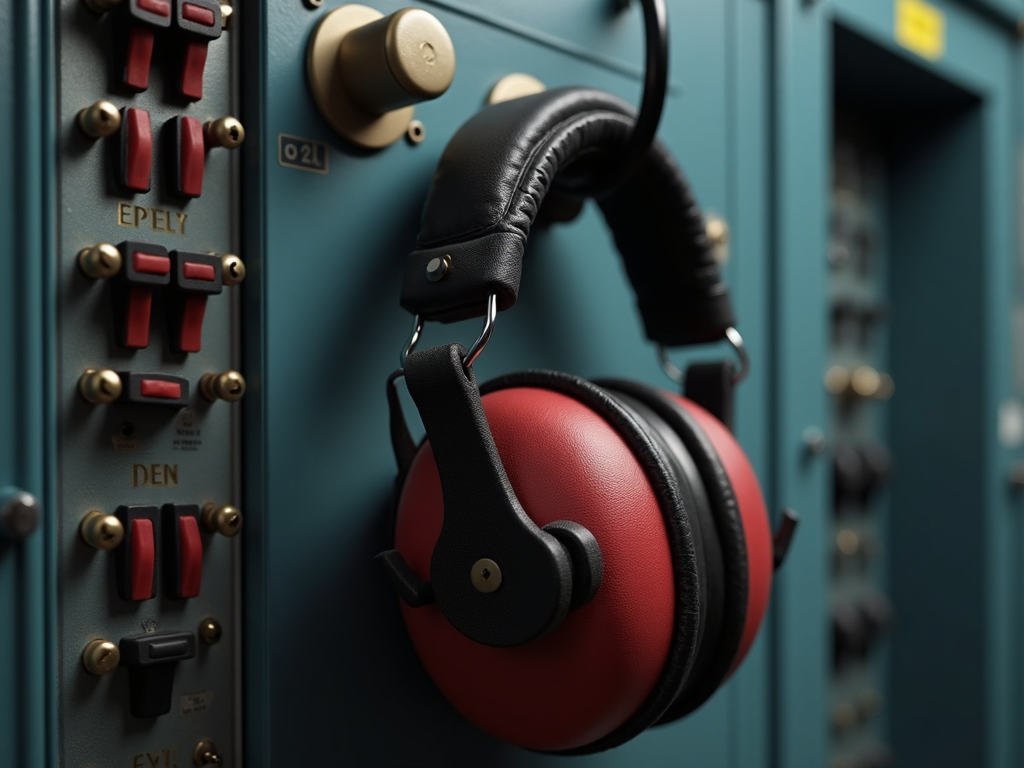
Ear Protection
Electricians often work in noisy environments, such as construction sites or industrial facilities, where the noise levels can be damaging to hearing. Ear protection, such as earplugs or earmuffs, can help reduce noise exposure and prevent hearing loss.
When selecting ear protection, choose a type that is comfortable and provides adequate noise reduction. Earplugs are small and portable, while earmuffs offer more coverage and can be easier to use with other safety gear. Whichever type you choose, make sure to wear it consistently when exposed to loud noises.
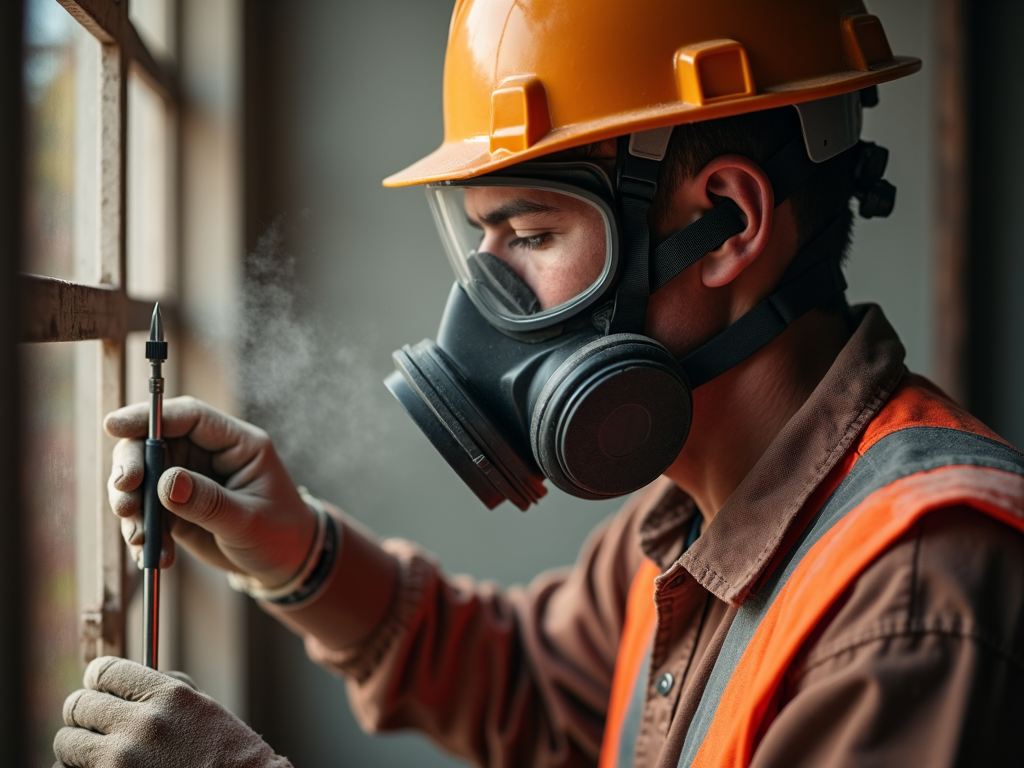
Respiratory Protection
In some cases, electricians may be exposed to dust, fumes, or other airborne hazards. For example, when working in older buildings, you may encounter asbestos or other hazardous materials. Respiratory protection, such as a dust mask or respirator, can help protect your lungs from these hazards.
When choosing respiratory protection, select a type that is appropriate for the specific hazards you'll be facing. For dust and particles, a simple dust mask may suffice. For more hazardous substances, you may need a respirator with cartridges that filter out specific chemicals. And always make sure your respiratory protection fits properly and is worn correctly.
Safety Tips for Working with Electricity
In addition to wearing the right safety gear, following these safety tips can help you stay safe on the job:
1. Always Turn Off the Power
Before starting any electrical work, make sure to turn off the power at the breaker box. Use a voltage tester to confirm that the circuit is dead. Even if you're just doing a quick repair, it's better to be safe than sorry.
2. Use the Right Tools
Using the right tools for the job is crucial for safety. Make sure your tools are in good condition and appropriate for the task at hand. For example, use insulated tools when working with live circuits, and use the correct size and type of tool for the job. Avoid using damaged or worn-out tools, as they can be dangerous.
3. Be Aware of Your Surroundings
Pay attention to your surroundings and be aware of any potential hazards. For example, avoid working in wet or damp areas, as water can conduct electricity and increase the risk of shocks. Also, be mindful of other people working nearby, and make sure they are aware of the electrical hazards.
4. Never Work Alone
It's always safer to have someone else around when working with electricity. They can help in case of an emergency, such as if you get shocked or injured. If possible, have a buddy system where you check in with each other regularly.
5. Stay Hydrated and Take Breaks
Electrical work can be physically demanding, especially in hot or humid environments. Make sure to stay hydrated by drinking plenty of water, and take breaks to rest and cool down. Fatigue can lead to mistakes, so it's important to stay alert and focused.
Common Electrical Hazards and How to Avoid Them
Electricians face a variety of hazards on the job, including:
-
Electrical shocks: These can range from mild tingles to fatal electrocutions. To avoid shocks, always turn off the power before working on a circuit, use insulated tools and gloves, and be aware of your surroundings.
-
Arc flashes: These are explosive releases of energy that can cause severe burns and injuries. To protect against arc flashes, wear fire-resistant clothing and use appropriate personal protective equipment.
-
Falls: Electricians often work at heights, such as on ladders or scaffolding. To prevent falls, use proper fall protection equipment, such as harnesses and lanyards, and make sure ladders are stable and secure.
-
Cuts and lacerations: Sharp tools and materials can cause cuts and lacerations. To avoid these injuries, use caution when handling sharp objects, and wear appropriate gloves and clothing.
By being aware of these hazards and taking the necessary precautions, you can reduce your risk of injury on the job.
The Importance of Training and Certification
Proper training and certification are essential for electricians to work safely and effectively. In many jurisdictions, electricians are required to complete an apprenticeship program and pass a licensing exam to work independently.
Training programs teach electricians the skills and knowledge they need to perform their jobs safely, including how to use tools and equipment, how to read blueprints and schematics, and how to follow safety protocols. Certification ensures that electricians meet certain standards of competence and professionalism.
If you're an aspiring electrician, make sure to seek out reputable training programs and obtain the necessary certifications. And if you're already working in the field, consider continuing education to stay up-to-date with the latest safety practices and technologies.
How to Create a Safe Work Environment
Creating a safe work environment is crucial for preventing accidents and injuries. Here are some tips for maintaining a safe workplace:
-
Keep your work area clean and organized. Clutter can create trip hazards and make it difficult to access tools and equipment.
-
Use proper lighting to ensure you can see what you're doing. Poor lighting can lead to mistakes and accidents.
-
Follow lockout/tagout procedures when working on equipment that could be energized. This involves locking out the power source and tagging it to indicate that it's being worked on.
-
Communicate with your coworkers and supervisors about any safety concerns or hazards you encounter.
-
Report any accidents or near-misses to your supervisor so that they can be investigated and prevented in the future.
By taking these steps, you can help create a culture of safety in your workplace.
Conclusion
Working as an electrician can be a rewarding career, but it's important to prioritize safety. By wearing the essential safety gear, following safety tips, and creating a safe work environment, you can protect yourself and others on the job. Remember, safety is not just a matter of compliance – it's a matter of life and death. So always take the time to do things right, and never cut corners when it comes to safety.
Related Essential Safety Gear for Electricians:
- The Importance of Workplace Safety and Ergonomics
- Essential Workman Tools for Plumbing: A Complete Guide
- Essential Safety Tips for Using Power Tools: A Comprehensive Guide
- Beginner’s Guide to Power Tools: Drills, Saws, and More
- Maintaining Your Metalworking Tools for Safety and Performance
- The Electrician's Guide to Advanced Automation Tools
- Painting Tools Every Artist Needs
- Top 10 Tools Every Workman Should Own: A Comprehensive Guide
- How to Pick the Perfect Table Saw: A Beginner's Guide
- Top 10 Essential Tools Every Workman Should Own: A Comprehensive Guide
- DIY Painting Hacks for Perfect Results
- Torque Wrench Basics: Why Every DIYer Needs One

